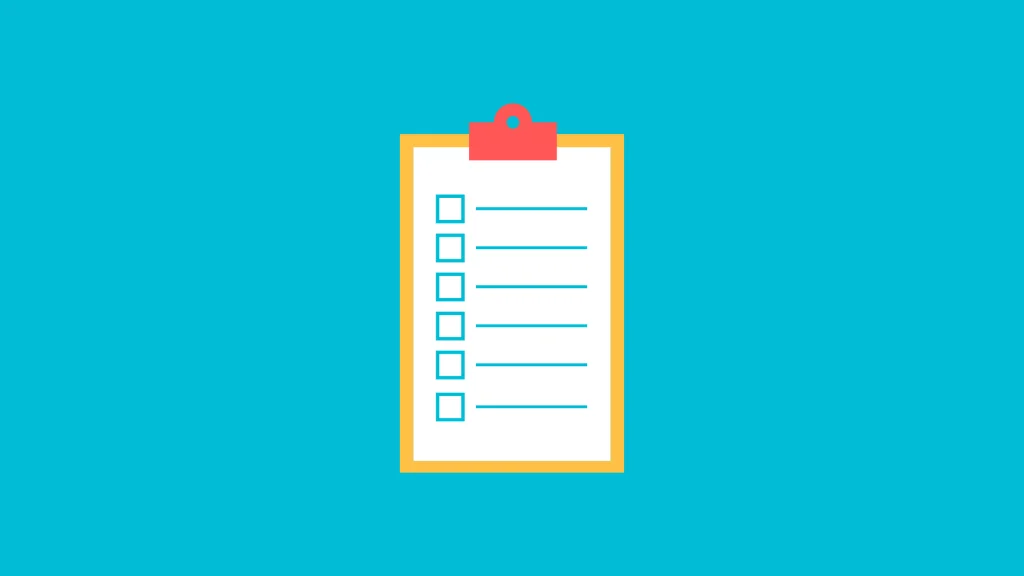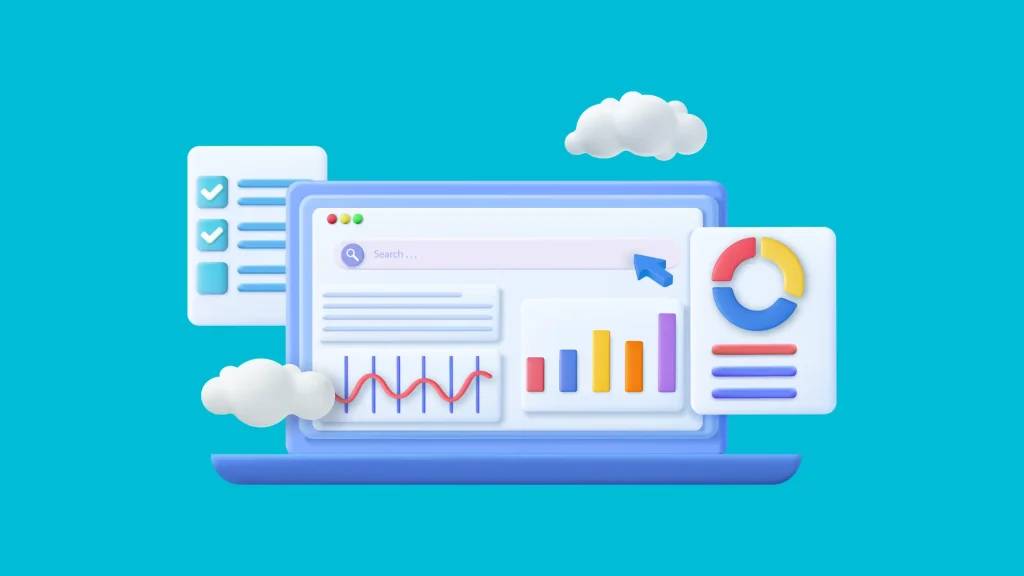In the age of digital interaction, the inclusivity of a charity website is paramount. With over a billion people worldwide living with some form of disability, according to the World Health Organisation, charities must ensure their websites are accessible to everyone. This is where the principles of website accessibility come into play. Website accessibility is about making your site user-friendly for all users, including those with disabilities. It involves designing and developing your site so that everyone, including people with auditory, cognitive, neurological, physical, speech, and visual disabilities, can use it. This article will delve into the importance of accessibility and how you can improve it on your charity website.
Understanding Accessibility
Website accessibility can sound like a complex term, especially if you’re new to the topic. However, it’s all about user experience. Think about a physical building, like a library or a museum. To ensure everyone can visit, you’d have ramps for wheelchair users, braille for visually impaired people, and maybe even sign language guides for those who are deaf or hard of hearing. Similarly, website accessibility means building your website in a way that allows everyone to ‘visit’ and have an equally enriching experience.
#1. The Importance of a Keyboard-Friendly Site
A critical aspect of website accessibility is making your site keyboard-friendly. This means that users should be able to access and navigate all parts of your website using only a keyboard, as some users may not be able to use a mouse or trackpad. To test this, try navigating your website using the ‘Tab’ key on your keyboard. You should be able to move through all links, buttons, forms, and other interactive elements in a logical order.
#2. Clear and Easy-to-Read Content
Clarity is crucial when it comes to your website content. It should be easy to read and understand. Keep sentences concise and avoid complex words or jargon. Use headers to break up content, making it easier to scan. Also, provide alt text for images, which is a brief description that screen readers can pick up, allowing visually impaired users to understand the context of the image. Remember, colour contrast is essential; having a high contrast between text and background colours can make your content easier to read. This topic is important enough that we have broken down some important components.
a. Alt Text for Images
Alt text, or alternative text, is an essential accessibility feature that provides a textual description of an image for visually impaired users. This text, read aloud by screen reader software, conveys the content and function of the image, allowing those who can’t see the image to still understand its context and message. According to the World Health Organization, there are approximately 285 million visually impaired people worldwide, underscoring the importance of alt text in creating an inclusive digital environment.
b. Readable Fonts
Fonts play a significant role in ensuring the readability of a website. For users with visual impairments or conditions like dyslexia, certain fonts can prove difficult to decipher. Sans-serif fonts, for example, are generally considered more readable because of their clear, simple design. Additionally, maintaining a minimum font size of 16 pixels can help prevent users from straining to read text. According to the British Dyslexia Association, up to 10% of the population could have dyslexia, illustrating the importance of readable fonts in website design.
c. Colour Contrast
High colour contrast between text and its background can significantly improve a website’s readability. This is especially crucial for those with colour blindness or other visual impairments. According to Colour Blind Awareness, approximately 1 in 12 men and 1 in 200 women worldwide are colour blind. Therefore, using colours with high contrast can help ensure your website’s text is readable to a larger audience.
d. Clear Content Structure
A clear and logical content structure can make a website more navigable for users utilising screen readers. Proper use of headings, bullet points, and paragraphs can make content more digestible and easier to understand. Furthermore, it enables screen readers to provide a more accurate and coherent reading of the content.
e. Audio or Video Transcripts
Providing transcripts for audio or video content not only aids deaf or hard-of-hearing users but also benefits users in sound-sensitive environments or those with slow or unstable internet connections. According to the World Health Organization, over 5% of the world’s population – or 430 million people – require rehabilitation to address their ‘disabling’ hearing loss. Therefore, transcripts are a critical component of accessibility, ensuring that multimedia content is accessible to all users.
#3. Accessible Forms
Forms are a standard feature of charity websites, typically used for gathering user information or facilitating donations. To make forms accessible, every field should have a label associated with it. Avoid using placeholder text as a label as it disappears once the user starts typing, possibly causing confusion. Also, make error messages clear and help users understand how to correct the mistake.
#4. Accessible Links and Buttons
Links and buttons are the traffic signals of your website. They guide users around, so they need to be clear and accessible. A key principle here is having a distinct focus state for links and buttons, meaning they should visually change when selected using a keyboard. Also, avoid generic phrases like “click here” for link text. Instead, use descriptive text that explains what the link leads to, like “download our annual report”.
#5. Use of ARIA Landmarks
ARIA (Accessible Rich Internet Applications) landmarks are a powerful tool in your accessibility toolkit. These landmarks help screen readers understand the structure of your website and navigate it more efficiently. They’re like invisible signposts that guide users around your website, identifying different sections like main content, navigation, headers, footers, etc.
#6. Testing for Accessibility
Finally, after implementing these strategies, ensure to test your website for accessibility. Tools like Google’s Lighthouse or WAVE Web Accessibility Evaluation Tool can provide automated checks, but remember, nothing beats real-world testing. Seek out users with different disabilities and ask them for feedback. Their insights can help you fine-tune your website’s accessibility.
Evaluating Web Accessibility
The Next Steps
#7. Importance of Regular Updates and Audits
As your charity website evolves, so should its accessibility. Regular updates and audits are vital to ensure that all new content remains accessible. The Web Content Accessibility Guidelines (WCAG) are continually updated, reflecting new technologies and techniques. Stay informed about these changes and incorporate them into your website. Websites like Accessibility Checker and WAVE Web Accessibility Evaluation Tools can help you conduct regular audits.
#8. Embedding Accessibility in Your SEO Strategy
Website accessibility and SEO go hand-in-hand. Search engines like Google have been increasingly prioritising accessible websites. Many aspects of SEO, like having a clear site structure, descriptive link text, and alt text for images, also improve accessibility. Therefore, embedding accessibility in your SEO strategy is a win-win situation.
#9. The Role of Charity Website Templates
For charities aiming to improve their website’s accessibility, using well-designed charity website templates can be a great starting point. These templates often incorporate basic accessibility features, saving you time and effort. However, remember that website templates are just a starting point. Customising the template to suit your charity’s needs and enhance accessibility is crucial.
#10. The Legal Perspective
In many jurisdictions, including the UK, there are legal requirements for website accessibility. The Equality Act 2010 mandates that all websites should be accessible to disabled users. Non-compliance can lead to legal actions and reputational damage. Likewise, in the US, the Americans with Disabilities Act requires all websites to be accessible to users with disabilities Therefore, improving website accessibility isn’t just the right thing to do—it’s also a legal necessity.
Tools for You to Use
- Web Content Accessibility Guidelines (WCAG): A list of recommendations and more offered by World Wide Web Consortium (W3C) Web Accessibility Initiative (WAI) for you to cater to users with physical and visual impairments
- Accessibility Insights: A free and open-source tool offered by Microsoft to check your website and applications for accessibility issues. The tool is licensed under MIT License
- Accessibility Checker: A free website-based WCAG compliance checker for you to identify if your website is compliant with accessibility guidelines
- WAVE Web Accessibility Evaluation Tools: A web-based tool offered by the Institute for Disability Research, Policy & Practice, Utah State University. Helps you make your web content more accessible to individuals with disabilities
To Sum Up
Improving the accessibility of your charity website is an ongoing journey. It requires a mix of empathy, technical knowledge, and regular updates. The reward, however, is a website that truly serves all users, helping your charity broaden its reach and impact.
In case you have any other questions, please feel free to write to us at [email protected].






